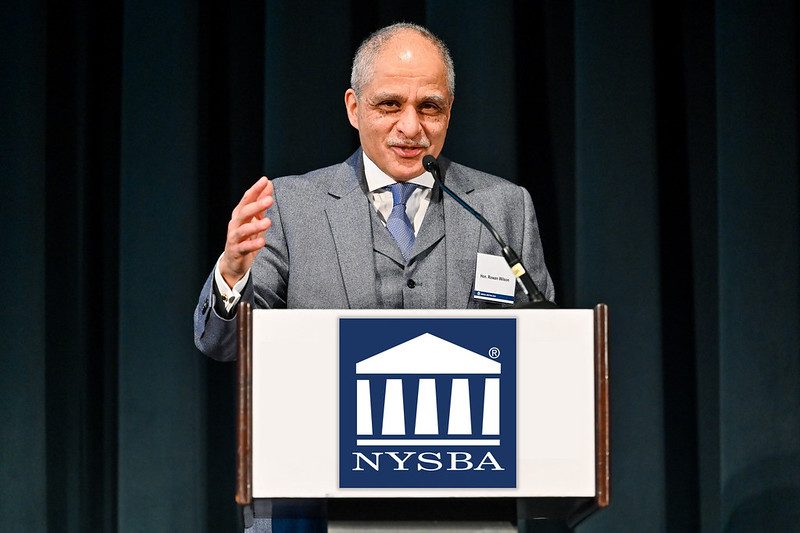Mental Health Courts Operate With Compassion
1.23.2023
The state’s mental health and other problem-solving courts are offering people living with mental illness and trauma a way to rebuild their lives and stay out of jail, panelists told lawyers gathered Friday at the New York State Bar Association’s Annual Meeting in New York City.
“Flexibility is essential. We come to know our people and ask them what they need,” Justice Marica P. Hirsch, a judge in the Court of Claims, Supreme Court, Criminal Term, Queens Treatment Court, told the audience assembled at the association’s Health Law Section panel, “Mental Health and the Criminal Justice System.”
She described how the court worked with one woman living with a mental illness who could not leave her apartment for scheduled court appearances when certain “minions,” or voices, told her not to leave home. Court officials would wait until she felt comfortable to appear in court and she went on to successfully complete her program.
Justice Matthew J. D’Emic, presiding judge at the Brooklyn Mental Health Court, talked about how giving court participants a certificate upon completion of the program was almost an afterthought when the state’s mental health court system started in 2002. Yet doing so has evolved into an effective tool for recovery.
“You have to remember these people were not on the honor roll. They were not on sports teams. They did not receive trophies,” said Justice Hirsch, adding that some individuals even asked court officials to print out new certificates after their paper documents were destroyed during Hurricane Sandy in 2012. “The certificate is very important to them.”
Some of the problem-solving courts that are part of the New York State Unified Court System include Mental Health Courts, Veterans Treatment Courts, Drug Treatment Courts and Opioid Courts.
Everyone working in a mental health or alternative courtroom helps contribute to the individual’s success, panelists agreed. Justice Hirsch described how court clerks can quickly determine if a defendant is not taking their medications or upset. For example, a court officer noticed an individual began shaking when other defendants in orange jumpsuits and handcuffs came into the room. Her case was moved to the front of the docket, so she could meet with the judge and leave quickly.
Panel moderator Carol Fisler, a New York City-based consultant on justice and mental health collaborations, said poverty usually drives the criminal behavior of a defendant ending up in mental health courts, rather than their mental illness. There are now 42 mental health courts in the state and 500 across the country. “Collaboration is the name of the game,” she said, adding the courts meet the needs of public safety while reducing the incarceration of people living with mental illnesses.
“When the courts are experienced as places of safety and defendants are treated with respect, it can be a major driver of change in their behavior,” she said. “It is the secret sauce of treatment.”
Justice D’Emic sees the mental health courts as a balancing act between public safety and the defendant’s needs. “If the weight tips on the side of public safety, there is no choice but to impose a sentence,” he added.






